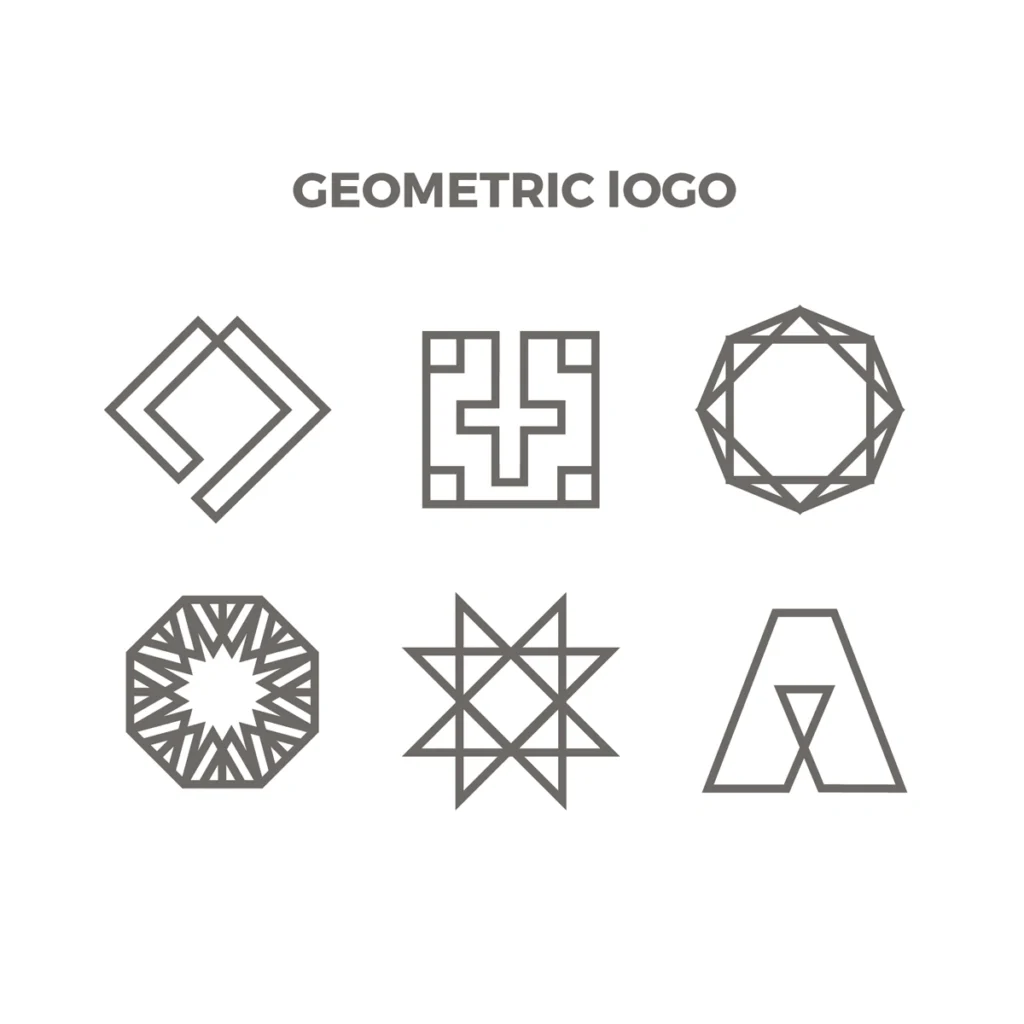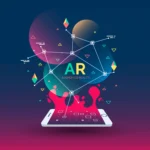In 2025, logo design is taking creativity to a whole new level. From sleek minimalist styles to vibrant 3D gradients, designers are adopting trends that not only look great but also connect with audiences across digital and physical platforms. It’s no longer just about making a logo look appealing; it’s about telling a story that aligns perfectly with the brand’s values and industry.
For example, brands focused on sustainability are leaning towards eco-friendly designs, while tech and media companies are exploring responsive and animated logos to enhance their digital presence. Each trend has its unique appeal and purpose, and the best part? These trends aren’t one-size-fits-all — they can be adapted to industries ranging from fashion and retail to tech and healthcare.
In this guide, I’ll walk you through the 8 most popular logo design trends for 2025, explore how they’re created and, most importantly, how you can tailor them to your specific needs. Whether you’re a graphic designer or a business owner looking to revamp your brand, you’ll find plenty of inspiration and practical tips for creating a logo that stands out and gets results. Let’s get started!
Modern Logo Design Trends 2025
1. Minimalist Logos
Minimalist logos are not just a design trend—they’re a strategy for building timeless brand identities. They distill a brand’s essence into its simplest form, ensuring the logo is both adaptable and memorable. While they look deceptively simple, minimalist logos demand a keen eye for balance, proportion, and subtle nuances that elevate them beyond basic design.
In 2025, minimalism in logo design is evolving with innovative approaches like adaptive logos—designs that subtly change form or color depending on the platform or user interaction. For example, a minimalist logo might display as a full version on a website but adapt into a smaller, simplified version for an app icon or favicon without losing its recognizability.
Key Elements That Set Minimalist Logos Apart in 2025
- Strategic use of typography Minimalist logos in 2025 highlight clean typography, often favoring custom typefaces for their modern and timeless appeal. Jaguar’s new logo, for instance, uses a sans-serif font, aligning with its brand’s focus on innovation and sophistication. This approach demonstrates how strategic typography can communicate elegance and clarity while ensuring a brand remains distinct.
- Psychology of Color: Minimalism isn’t just about black and white anymore. Designers are strategically introducing single hues or gradients that are emotionally resonant—like a calming pastel blue for wellness brands or a bold red gradient for tech companies.
- Negative Space as a Canvas: Incorporating negative space into minimalist logos remains powerful. It isn’t just an aesthetic choice—it enhances storytelling. For example, the arrow in the FedEx logo communicates speed and direction.
- Digital-First Design: Minimalist logos today are designed to shine on digital platforms. This includes optimizing for animations, hover effects, and even AR/VR applications where a logo might dynamically interact with the viewer.
Finally, minimalist logos excel because they rely on restraint—a skill that separates professional designers from novices. The challenge isn’t just to simplify but to do so in a way that feels meaningful and intentional, ensuring the brand’s personality remains intact.
2. 3D Gradient Effects
In 2025, many minimalist logos are embracing 3D gradient effects to add depth and dimension while maintaining simplicity. These gradients, often subtle, create a more dynamic and engaging look without overwhelming the design. A great example of this trend is the rebranding of brands like Instagram, which subtly incorporated a gradient effect to modernize their logo while keeping it clean and recognizable. By blending shades and adding a 3D feel, brands can enhance their visual identity, making it stand out in a crowded market.
Key Elements That Set 3D Gradients Apart in 2025
- Depth and Dimension: 3D gradients add a sense of volume, making the logo appear as if it is emerging from the background. This visual complexity helps create a more memorable impression.
- Smooth Transitions: Gradients are no longer just about harsh transitions from one color to another. Modern 3D gradients use smooth, subtle shifts to evoke sophistication and a premium feel.
- Enhanced Brand Personality: By utilizing gradients, brands can express various emotions and tones, such as playfulness, luxury, or innovation. The colors chosen, combined with the 3D effect, amplify the message the brand wants to convey.
- Digital Compatibility: In a world that increasingly relies on screens, 3D gradients are perfectly suited for digital media. The effect shines especially in mobile and web design, drawing attention to key elements of the logo in a unique way.
















